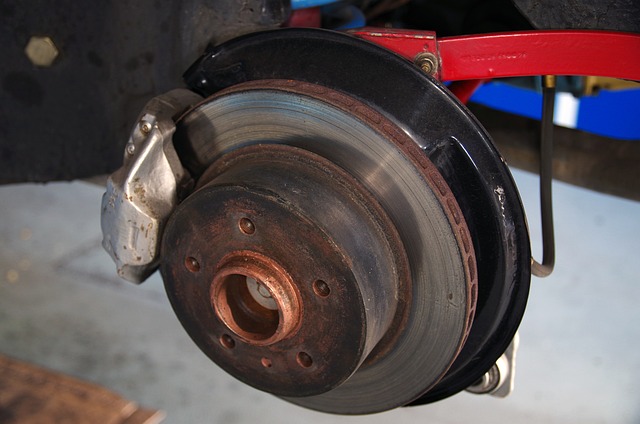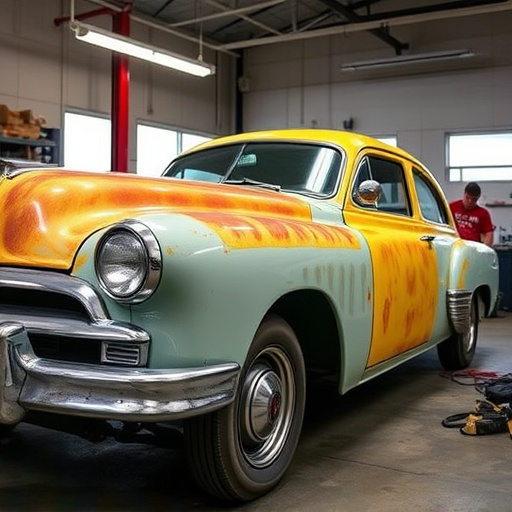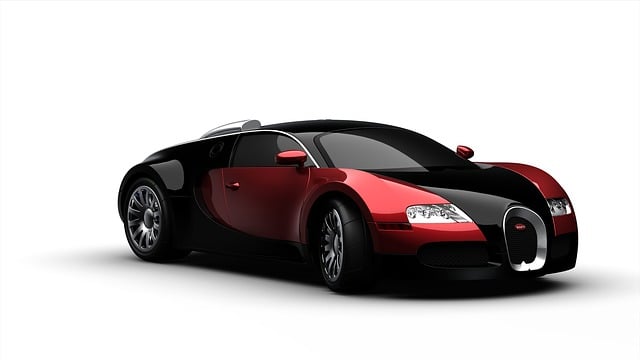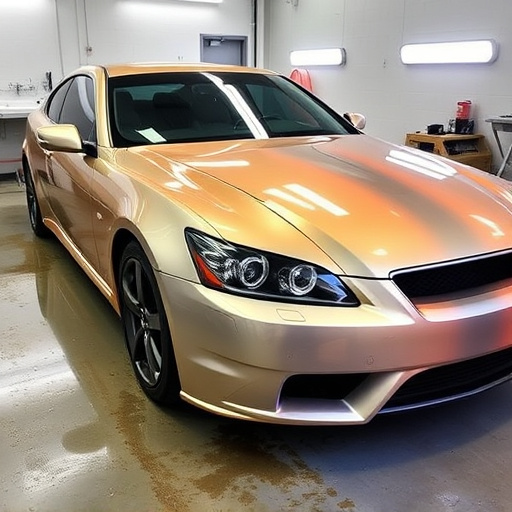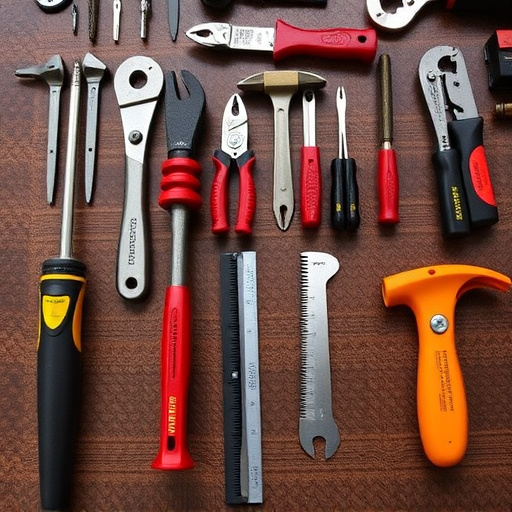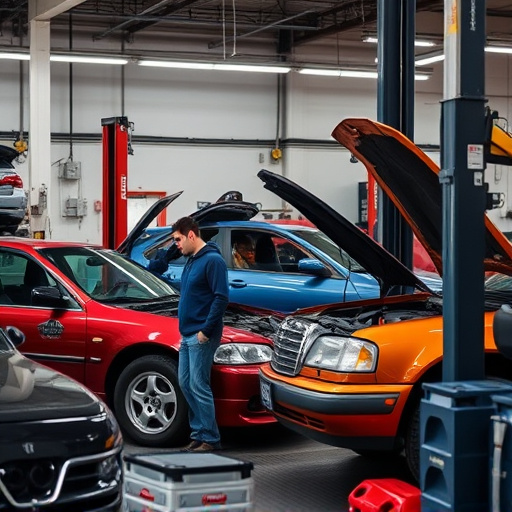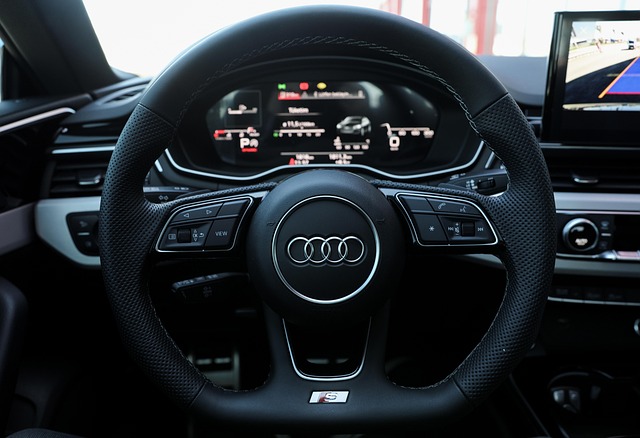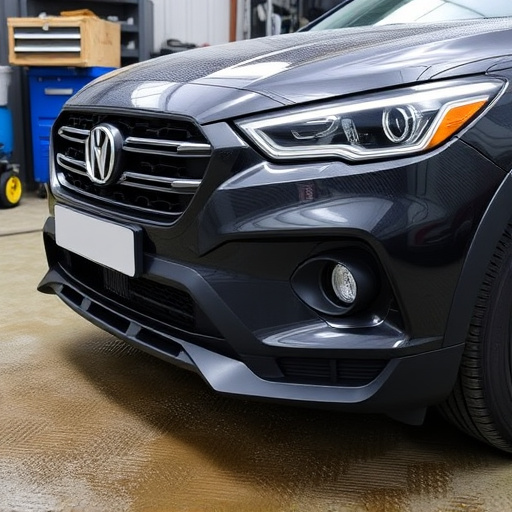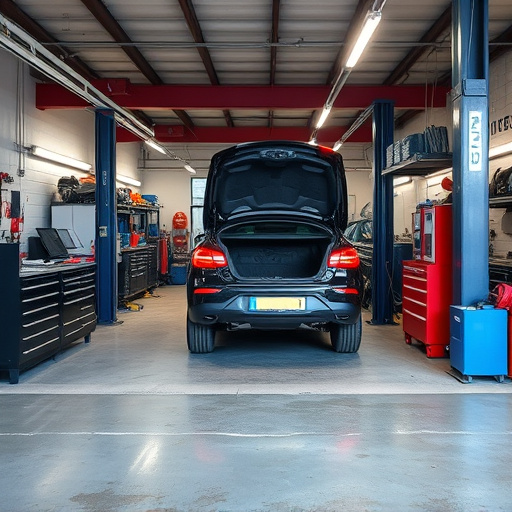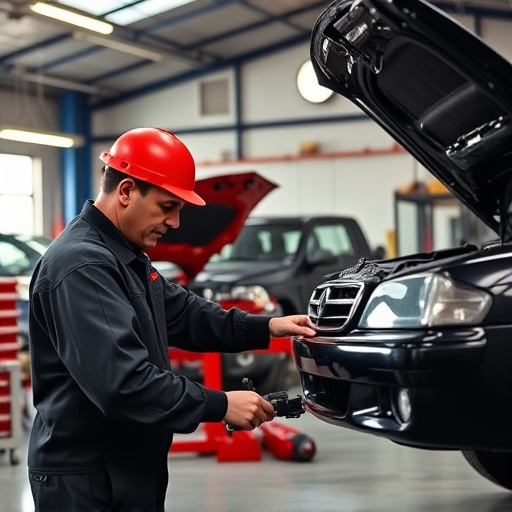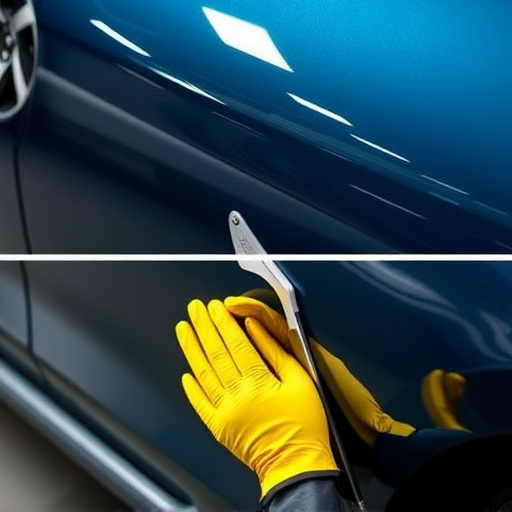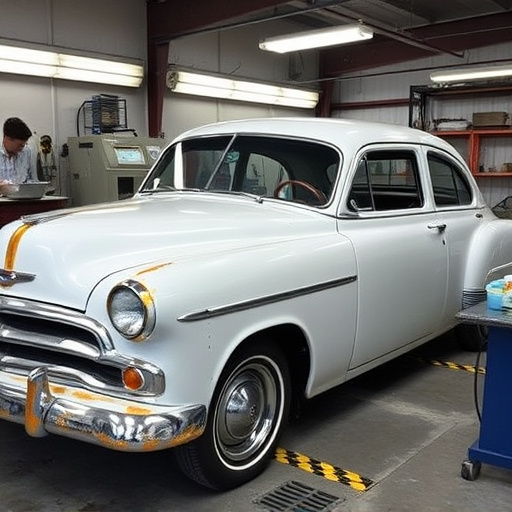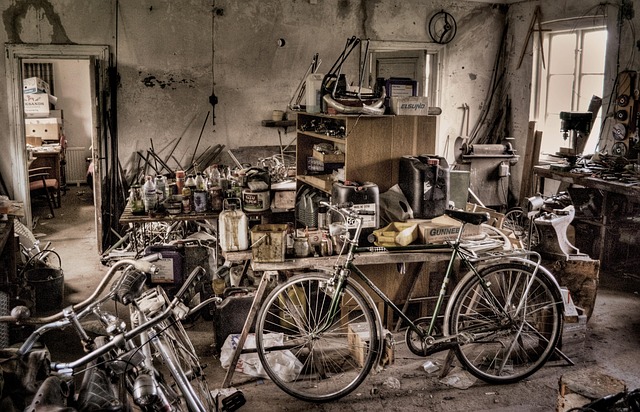When assessing a vintage vehicle post-collision, prioritize structural integrity, especially in common impact areas like doors, fenders, and bumpers. Consider repair methods like paintless dent repair for less severe damage. For classic cars with unique features or limited production, authentic repairs preserve historical value, but extensive frame damage may require replacement. Balancing sentimental worth with practical considerations ensures informed decisions for vintage vehicle collision repairs or replacements.
In the world of vintage vehicles, navigating collision damage presents a delicate dilemma. Should you repair or replace? This article guides you through the process, offering insights on assessing damage, weighing cost versus historical value, and understanding when preservation of legacy trumps repair. When dealing with vintage vehicle collision damage, make informed decisions that honor both your vehicle’s past and future.
- Assessing Damage: Is It Repairable?
- Cost vs. Historical Value: Weighing Options
- Preserving Legacy: When Replacement Is Necessary
Assessing Damage: Is It Repairable?
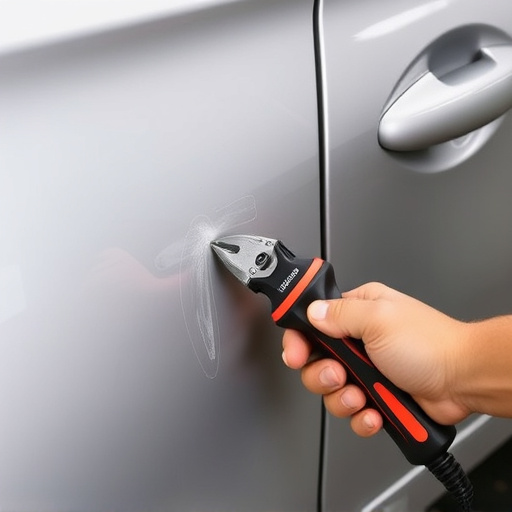
When assessing a vintage vehicle after a collision, the first step is to determine if the damage is repairable or if replacement is the better option. Start by inspecting the overall condition of the car. Is there significant structural damage, such as cracked or misaligned panels? These may require professional body work and could impact the vehicle’s safety and performance.
Focus on detailed examination of areas like doors, fenders, and bumpers, which are common sites for collision damage in vintage vehicles. Look for dents, scratches, and dings that might be repairable through techniques like paintless dent repair or scratch repair. In cases of severe hail damage, tire services may also be needed. Keep in mind that the age and originality of the vehicle play a role; some classic cars have unique value due to their vintage, so repairs should preserve these attributes whenever possible.
Cost vs. Historical Value: Weighing Options
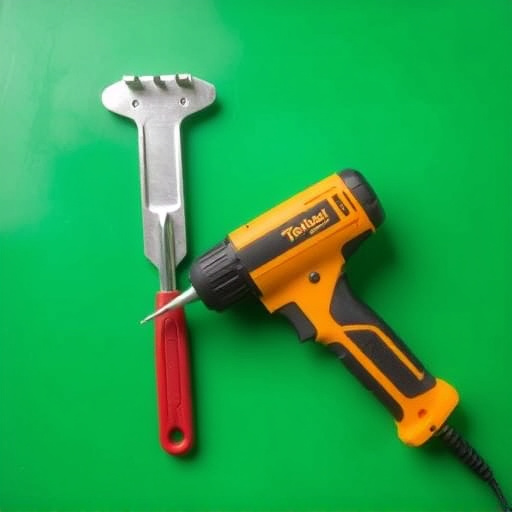
When dealing with a vintage vehicle involved in a collision, one of the most significant decisions owners face is whether to repair or replace. Cost is a primary factor; repairing can be more affordable, especially for less severe damage. However, the historical value of these vehicles should also be considered. For example, if a classic car has unique features or a limited production run, repairs that preserve its authenticity might be preferable over a complete overhaul.
In some cases, particularly with significant frame damage or extensive body work required, replacing certain parts or even the entire vehicle may be more economical in the long term. Car paint services and frame straightening can restore a vintage vehicle to its former glory, but these processes are costlier than repairs. Weighing these options carefully ensures that the decision aligns with both financial goals and preserving the car’s legacy.
Preserving Legacy: When Replacement Is Necessary
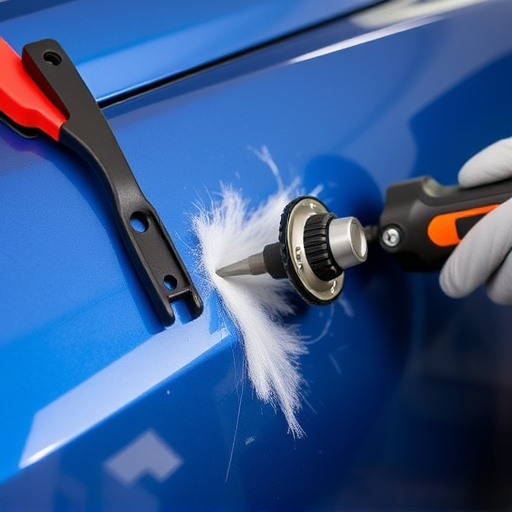
In the realm of vintage vehicle collision damage, preserving legacy is a delicate balance between sentimental value and practical considerations. While many advocate for automotive repair in cases of minor fender benders, replacement might be the better course of action when it comes to older vehicles that hold significant historical or cultural worth. Every vintage car enthusiast knows that these vehicles are more than just machines; they’re pieces of living history, each with its own unique story to tell.
In such instances, replacing parts can ensure the integrity of the vehicle’s original design and aesthetic appeal. Car body repair techniques specific to vintage models often focus on preserving the vehicle’s authenticity, which is paramount for collectors and enthusiasts. Additionally, some replacement parts are meticulously crafted to exacting standards, ensuring that even after a collision, the car retains its timeless charm and value. This approach, though it may carry a higher financial cost, guarantees that these legacy vehicles continue to be appreciated and enjoyed by future generations.
When faced with collision damage to a vintage vehicle, weighing the options between repair and replacement is crucial. By carefully assessing the extent of the harm and considering the cost against the historical value of the car, owners can make informed decisions that preserve the vehicle’s legacy. While repairs can be a game-changer for minor incidents, replacing certain parts might be necessary to maintain the authenticity and integrity of these cherished classics. Ultimately, understanding these choices ensures that vintage vehicle collision damage is handled with care, allowing these timeless machines to continue their journey on the road.
